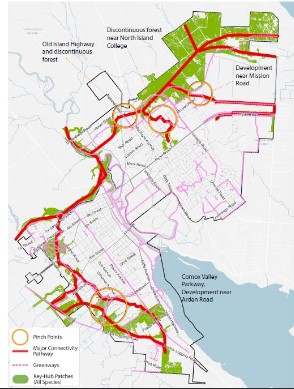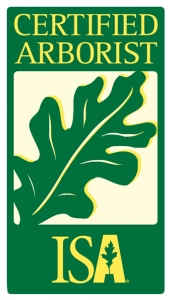Courtenay 2050 Urban Forest Strategy
Yesterday evening Tree Craft went along to hear Courtenay City Council present about the ‘Courtenay 2050 Urban Forest Strategy’.
This paragraph sums up for us the importance of this strategy going forward:
“The beauty and offerings of the Comox Valley are no longer a secret and with expected continued community growth will come a need for land development. Loss of forest patches will continue to occur because municipal areas have been identified as the most appropriate urban, serviceable locations for our region’s growth. The Urban Forest Strategy is intended to address the tension between protection and development of remaining forest lands, and provide direction on how to mediate that tension.”
(Urban Forest Strategy, 2019)
The Urban Forest Strategy is in the final stages of preparation following extensive consultation with the community. The strategy will guide the protection and management of trees on public and private land within the Courtenay boundaries. The consultation will be used to form a canopy cover target. A copy of the draft can be found here: https://www.courtenay.ca/assets/Departments/Documents/2019-04-26%20Urban%20Forest%20Strategy%20draft.pdf
We thinks it’s excellent to see that Courtenay City Council are making a commitment to value trees as part of our urban environment.
Trees are vital to a healthy urban environments. Trees assist in keeping temperatures down, protecting from wind, noise reduction, storm water absorption and wildlife habitats and corridors.
The main goals of the Urban Forest Strategy are:
- Inform and monitor land use changes in the urban forest and integrate into public asset management
- Enhance urban forest health, safety and resilience
- Maintain the quality and connectedness of the urban forest
- Provide urban forest benefits
- Partner effectively to share stewardship and promote appreciation of the urban forest
This map showing the habitat patches within Courtenay for the red legged frog, the red squirrel and the brown creeper bird highlights the importance of preserving and increasing the city’s green habitat corridors.



